This article was published as a part of the Data Science Blogathon.
Introduction
Decentralization is still in its infancy. Several analysts predict that decentralization will disrupt several industries and sectors. As a result, many decentralized products have been launched and developed, such as decentralized exchanges, decentralized lending, borrowing products, and many more. You may wonder if decentralised exchanges allow you to exchange (swap, trade) crypto assets, but what about an exchange for derivative trading?
In this guide, we will go through Kwenta, a decentralized trading platform for users to trade crypto perpetual futures contracts (derivative trading).
What is Kwenta?
Kwenta is a decentralized trading platform powered by the Synthetix protocol which enables users to trade crypto perpetual futures contracts in a decentralized manner. With Kwenta, users have access to a number of popular crypto assets having deep liquidity and offering leverage up to 25x. Furthermore, Kwneta supports fiat currencies such as USD, EUR, and INR.
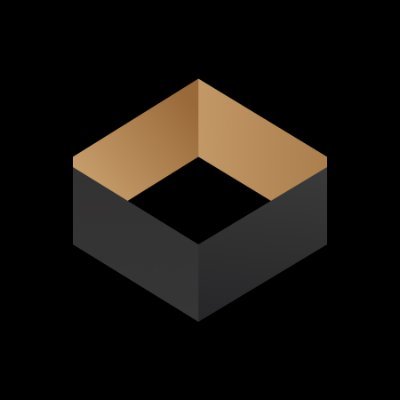
Kwenta currently has a trading volume of over 3 billion dollars with over 1000 active traders on the platform. Kwenta currently supports two blockchains – Optimism and Ethereum. With Kwenta, users get the best price for assets, low liquidation risks, low downtime, and decentralization benefits.
You can click here to learn more about Synthetix.
Why Decentralized Trading?
Decentralized platforms have several benefits over centralized trading platforms. Unlike centralized platforms, decentralized platforms give you complete control over your assets. You are not required to deposit your crypto assets on the platform to trade with them.
Furthermore, decentralized platforms have low fees, Kwenta charges a 0.25% trading fee along with gas fees ($0 for Optimism). Decentralized platforms have very low downtime periods. Generally, when the market gets too volatile, trading platforms are unable to offer their services as the volume and number of users using the platform during these volatile times are a lot.
Blockchain and Wallet Used
Blockchain:
As stated above, Kwenta supports the Ethereum and Optimism blockchains. To demonstrate the features and functions of Kwenta, I will be connecting my wallet to the Optimism blockchain.
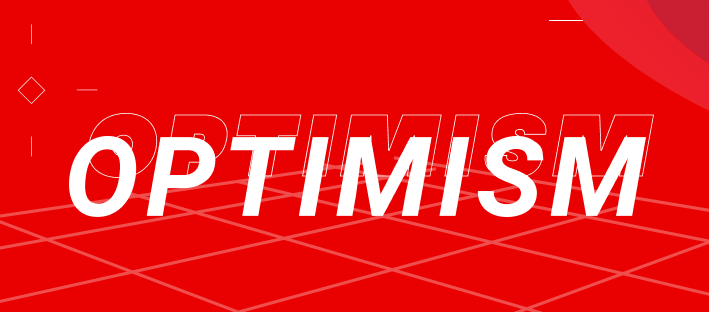
Optimism is a layer-2 Ethereum scaling solution which provides rapid transaction speeds at low costs.
Wallet:
Since we are using the Optimism blockchain, we require a wallet that supports the Optimism blockchain. The wallet I will be using in this guide is the MetaMask wallet.

MetaMask is a Web3 crypto wallet that supports several blockchains and enables users to store, send, receive, buy and swap their crypto assets in a secure and decentralized way.
Connect Wallet
Click here to visit Kwenta’s homepage.
To begin trading on Kwenta, we need to connect our Web3 wallet to a decentralized application.
You can connect your wallet to Kwenta by following the steps below:
- On Kwenta’s homepage, click on the Trade Now button.
- Click on the Connect Wallet button on the top right-hand corner of the page.
- Select the wallet you want to connect.
- Select the wallet account you want to connect the platform with.
- Click on the Next button.
- Click on the Confirm button.
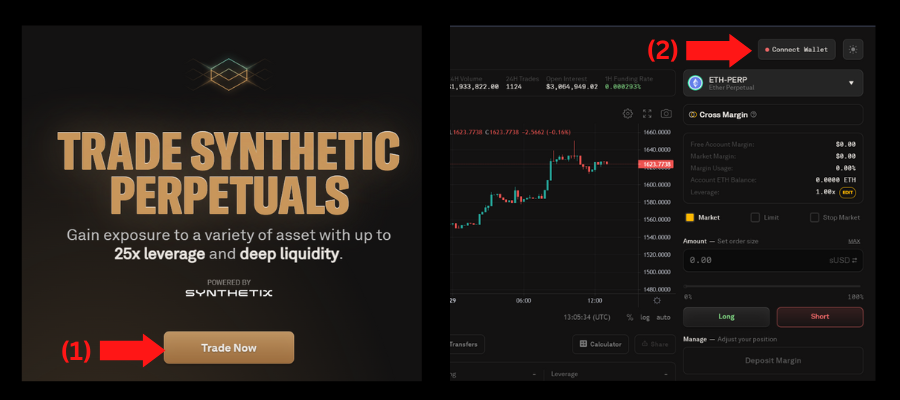
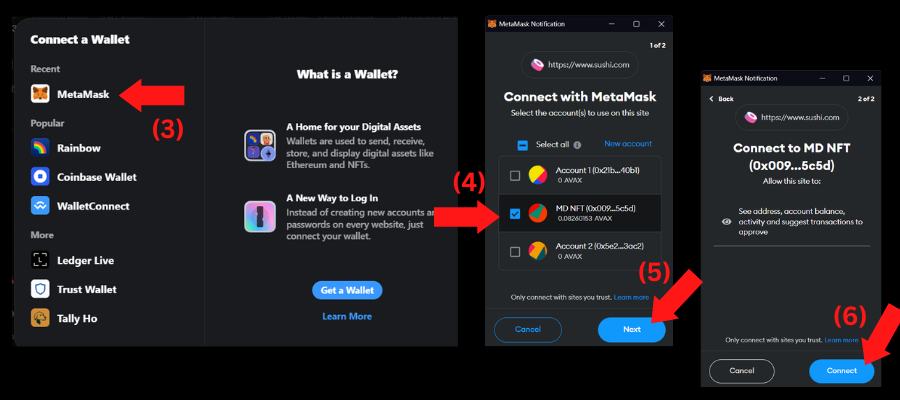
Our Web3 wallet is now connected to the platform. Hence, we can now begin trading.
Exchange
The Exchange feature on Kwenta is similar to the swap feature. This feature allows users to trade (exchange) their crypto assets for another asset. To trade futures contracts on Kwenta, we require the sUSD currency, a synthetic version of the US Dollar.
To exchange assets, follow the steps below:
- Click on the Exchange option in the navbar.
- Select the asset you want to swap from.
- Choose the asset of your choice.
- Select the asset you want to swap to (sUSD).
- Enter the number of tokens you want to swap.
- Click on the Swap button.

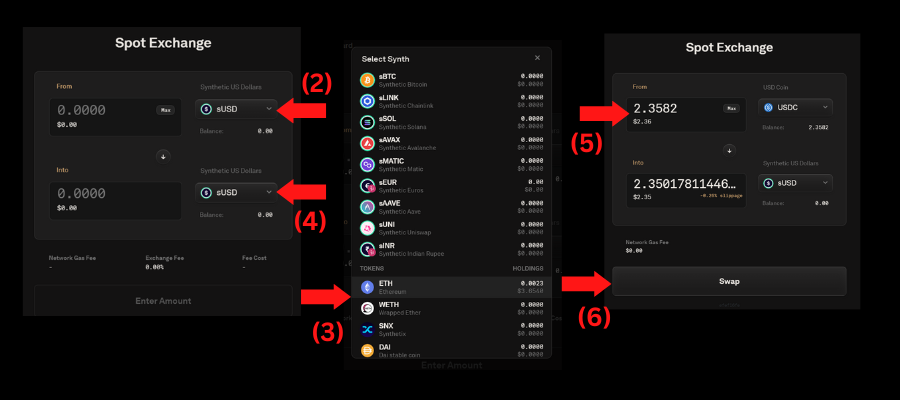
Click on the Confirm button in your wallet to confirm the transaction. Once the transaction has been executed, you will receive the sUSD tokens.
Go Long
Long here refers to betting that the price of a particular asset will go up. You can go long a trade by following the steps below:
- Click on the Futures option and select the Isolated/Cross Margin option (as per your preference).
- Deposit the sUSD tokens by clicking on the deposit button.
- Enter the number of sUSD tokens you want to deposit.
- Click on the Deposit Margin button.
- Click on the asset you want to trade from the Markets tab on the left-hand side of the webpage.
- Once sUSD tokens are deposited, click on the Long button.
- Enter the amount you want to use to execute the trade.
- Enter the leverage for your position.
- Click on the Trade button.
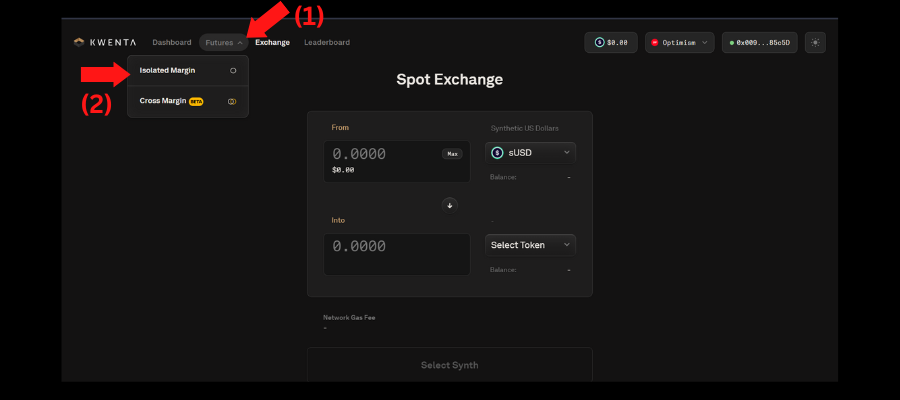
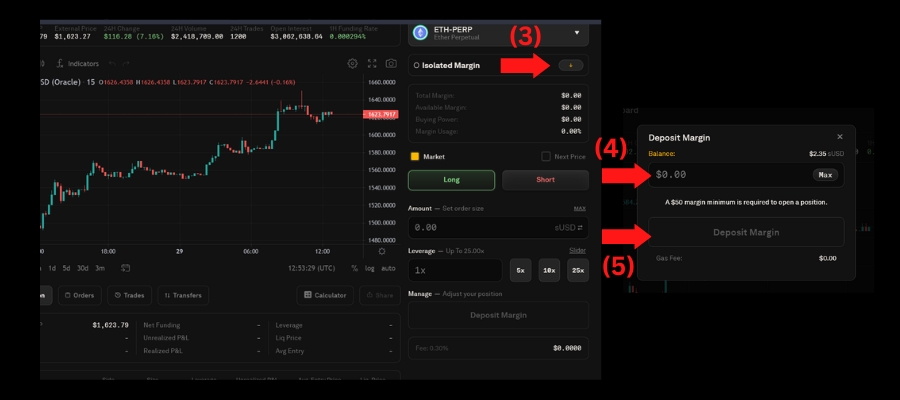
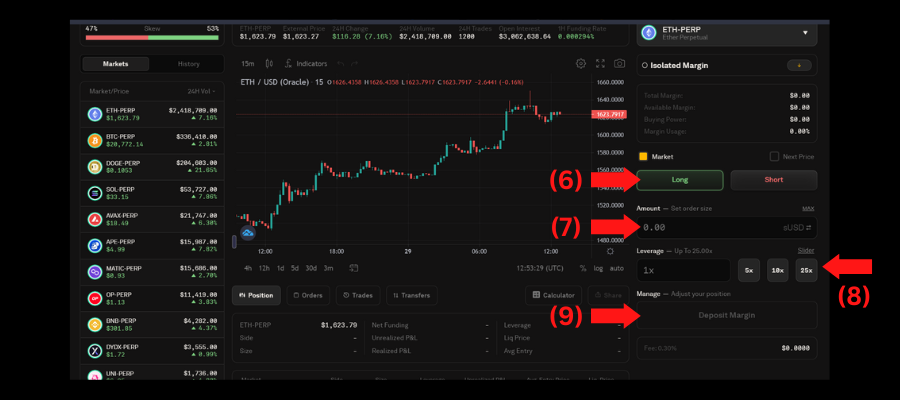
Confirm the transaction in your wallet by clicking the Confirm button. Once the transaction has been confirmed, your order will be been placed.
Go Short
Short here refers to betting that the price of a particular asset will go down. The process of shorting an asset is similar to Long an asset. You can go short trade by following the steps below:
- Click on the Futures option and select the Isolated/Cross Margin option (as per your preference).
- Deposit the sUSD tokens by clicking on the deposit button.
- Enter the number of sUSD tokens you want to deposit.
- Click on the Deposit Margin button.
- Click on the asset you want to trade from the Markets tab on the left-hand side of the webpage.
- Once sUSD tokens are deposited, click on the Short button.
- Enter the amount you want to use to execute the trade.
- Enter the leverage for your position.
- Click on the Trade button.
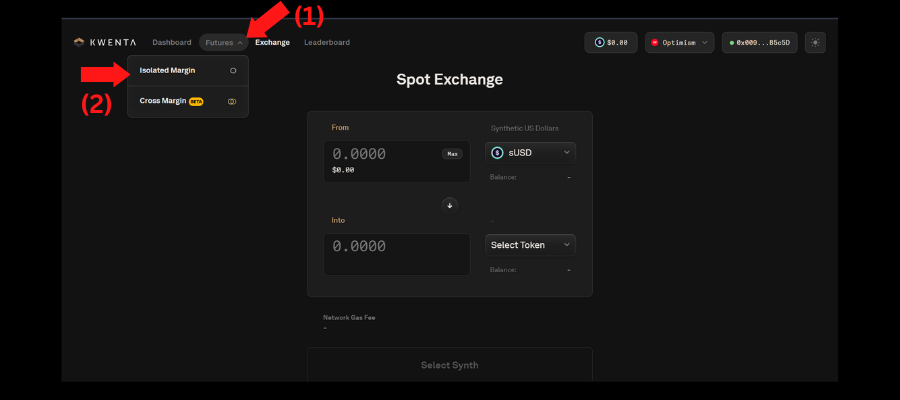
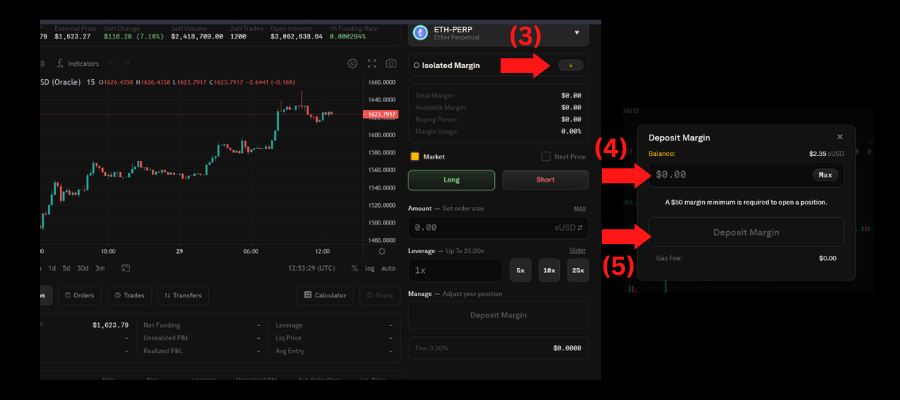
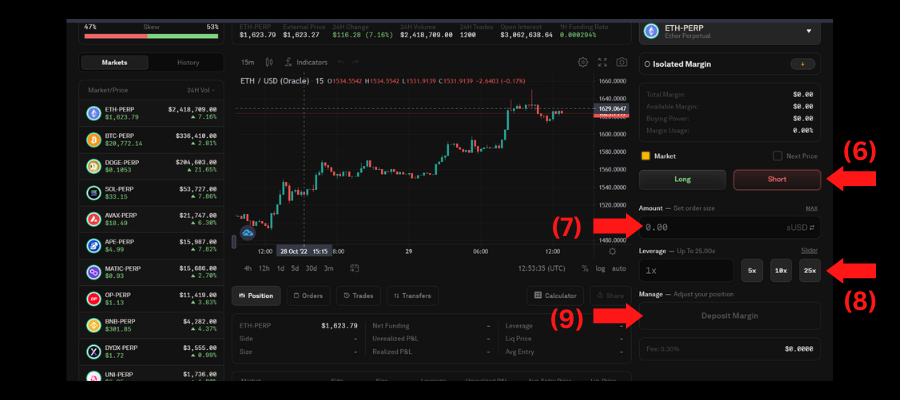
Confirm the transaction in your wallet by clicking the Confirm button in your wallet. Once the transaction has been confirmed, your order will be been placed.
Dashboard
The Dashboard section of Kwenta shows you your entire trading portfolio. To visit the Dashboard section, click on the Dashboard option in the navbar.
Overview:
In this section, you get a brief overview of the assets in your account. The following are some of the details in this section:
- Total portfolio balance (balance of all assets cumulated together).
- Asset values for each wallet (Spot/Isolated/Cross).
- The trade orders that are currently live.

History:
In this section, you can view the history of all the transactions (trades) you have performed on the platform.
- Click on the History option, on the left side of the page.
- Here you will find all the past trades you have executed.
- Click on the Spot History button to view the past trades you have executed via the Exchange feature.
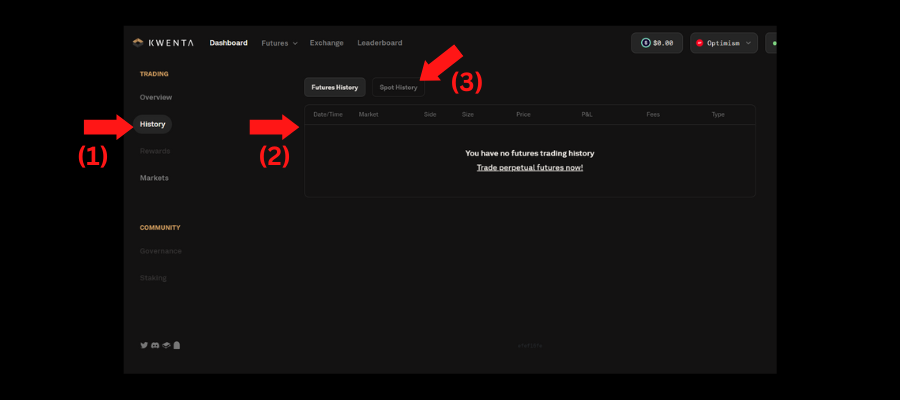
Conclusion
There you go; you now know how to long or short perpetual future contracts on various crypto assets in a decentralized way using Kwenta. However, keep in mind that decentralized trading applications are all new. Hence they may be several risks associated with them. Before connecting your wallet to a trading protocol, consider its risks.
All the content in this article is purely for educational purposes and does NOT provide any financial advice. If you have enjoyed this guide, please let me know in the comments and consider following. Thank you for your time.
Key Takeaways:
- Decentralized trading benefits include low liquidation risks, low downtime, low fees, and decentralization.
- Kwenta is a decentralized trading platform powered by the Synthetix protocol.
- Kwenta enables its users to trade crypto perpetual futures contracts from several popular crypto assets having deep liquidity and offers leverage up to 25x.
- Kwenta currently supports two blockchains – Optimism and Ethereum.
- Long refers to betting that the price of a particular asset will go up.
- Short refers to betting that the price of a particular asset will go down.
- NO content in this guide provides any Financial advice.
The media shown in this article is not owned by Analytics Vidhya and is used at the Author’s discretion.







